Physics
Sign up for our newsletter
We summarize the week's scientific breakthroughs every Thursday.
-
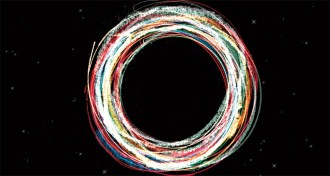 Particle Physics
Particle PhysicsCatching Particle Fever
Interspersed with the plot of Particle Fever are artful explanatory animations and commentary by six articulate physicists. Through these characters, we learn that the Higgs is a stepping stone toward a deeper understanding of the universe.
-
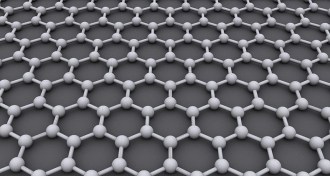 Physics
PhysicsGraphene film blocks wireless signals
A transparent film made of graphene layered with quartz absorbed 90 percent of radio waves.
-
 Quantum Physics
Quantum PhysicsQuantum timekeeping
Recent advances in controlling the quantum behavior of particles have inspired physicists to dream of a global clock that would tell the same time everywhere. It would be hundreds of times as accurate as current atomic clocks.
By Andrew Grant -
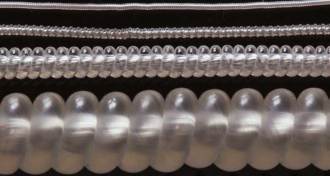 Materials Science
Materials ScienceMaking artificial muscles with a spin
Scientists have given ordinary fishing line and sewing thread a new twist. When coiled into tight corkscrews, the fibers can lift loads more than 100 times as heavy as those hefted by human muscles.
By Meghan Rosen -
 Particle Physics
Particle PhysicsMore precision added to mass estimate of electron
The electron has been weighed with unprecedented precision. Its new and improved mass is 17 times as precise as the previous best estimate.
-
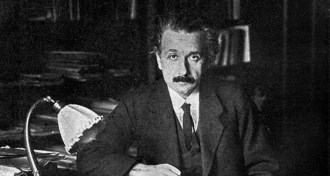 Quantum Physics
Quantum PhysicsEinstein was wrong about spooky quantum entanglement
Einstein’s biggest blunder wasn’t about vacuum energy in space, but in confusing people about quantum entanglement.
-
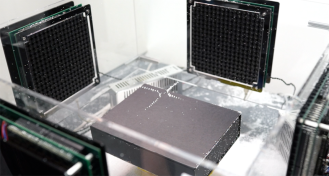 Physics
PhysicsLevitating objects with sound
Physicists have levitated millimeter-sized objects. Now, the objects can levitate and move in all directions.
By Andrew Grant -
 Quantum Physics
Quantum PhysicsHistory affects superfluid’s flow, study shows
The speed to stop the stirring motion can be slower than what was need to set the fluid spinning in the first place, which shows that what happens to the current state of the superatom depends on what it has already experienced.
-
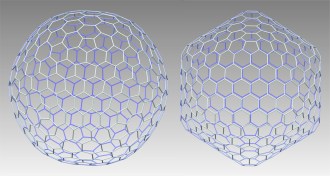 Math
MathGoldberg variations: New shapes for molecular cages
Scientists have figured a way to iron out the wrinkles in a large class of molecular cages.
-
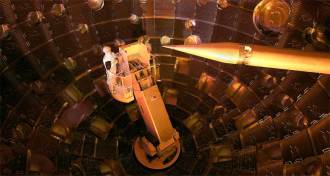 Physics
PhysicsGetting warmer in attempt to reach ignition
Fusion energy output hits modest milestone at National Ignition Facility.
By Andrew Grant -
 Materials Science
Materials ScienceMaking it work, on paper and just maybe in practice
Last spring, Science News reported on the lack of progress by the main U.S. nuclear fusion effort. As the researchers still contend, laser-initiated fusion should work. It works on paper. But in practice, even a set of extremely powerful lasers failed to trigger the fusion of hydrogen nuclei and the concomitant chain reaction and release of net energy expected.
By Eva Emerson -
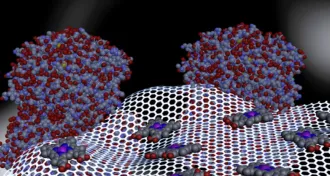 Materials Science
Materials ScienceGraphene-based material prevents blood clots
When researchers coated a plastic film with the new material, clotting was greatly reduced and continued even after three days.